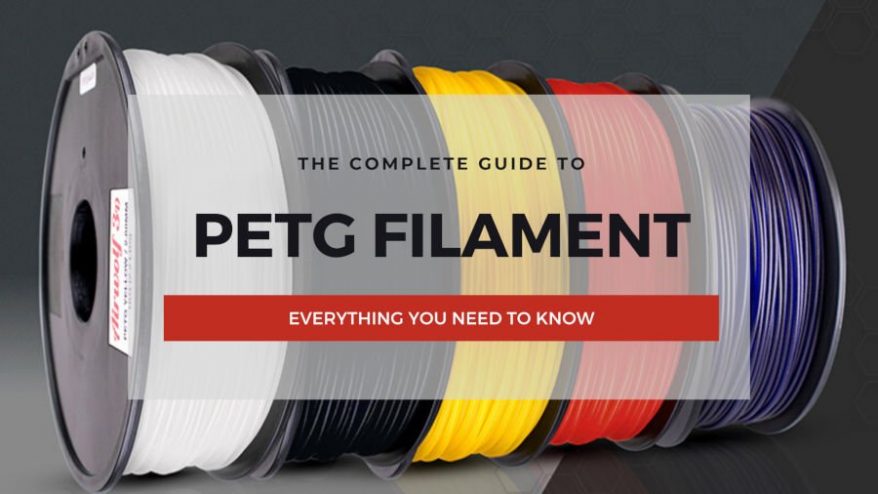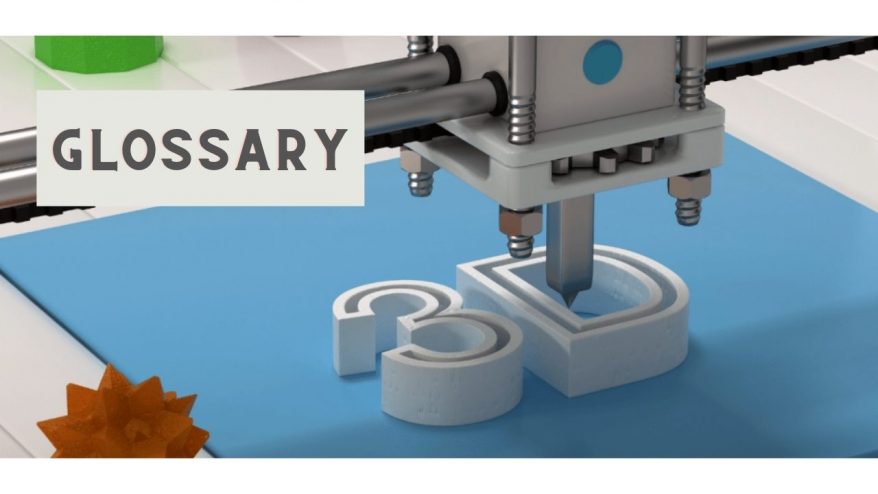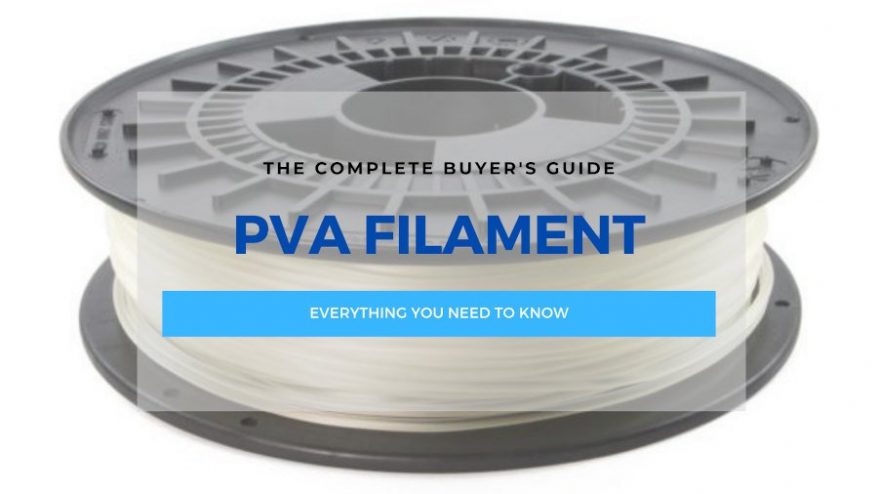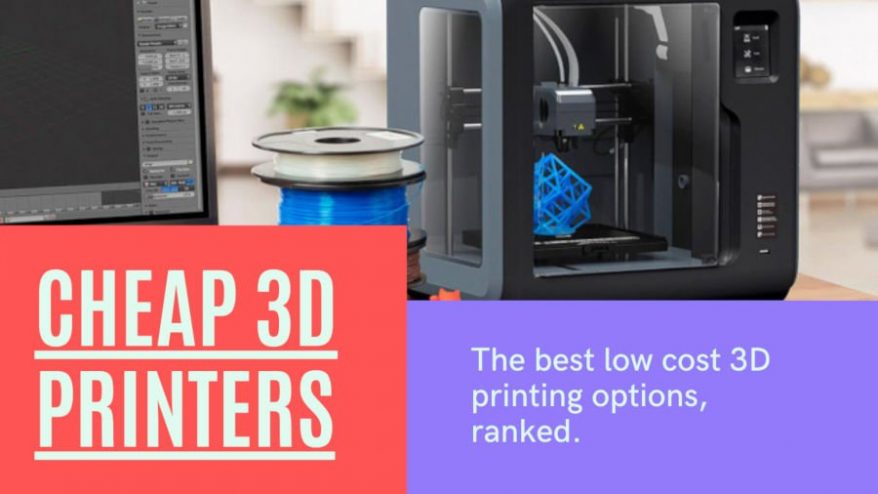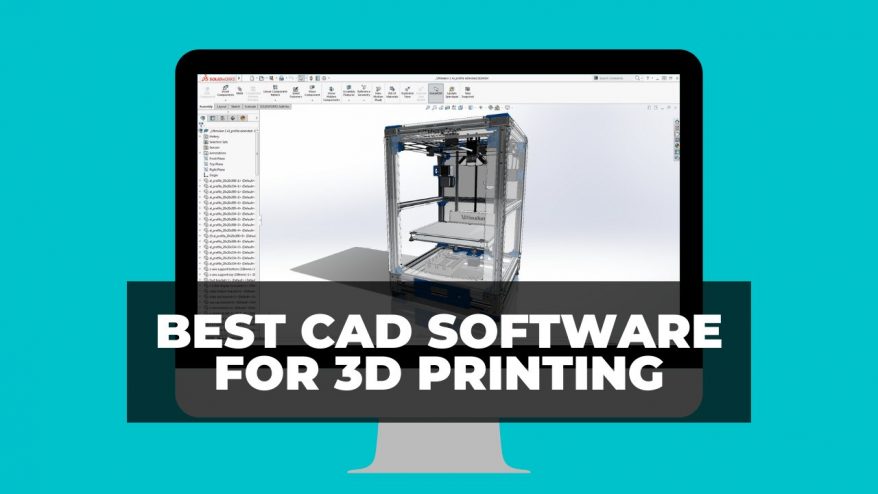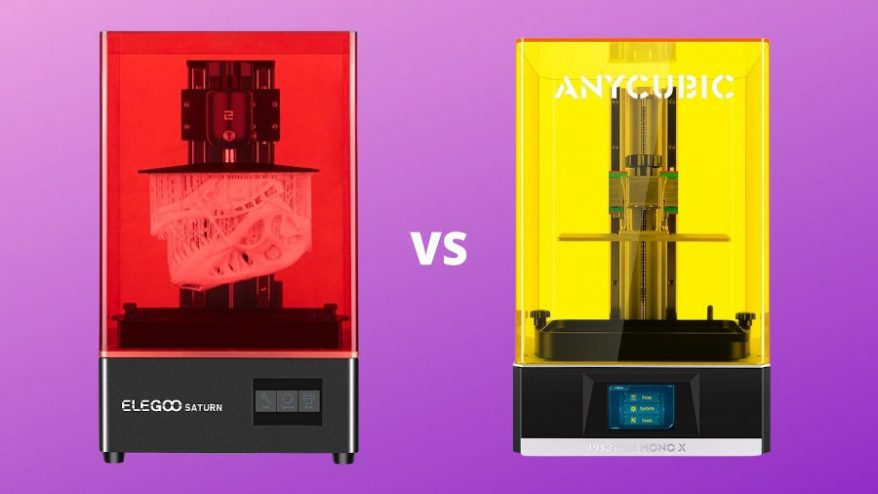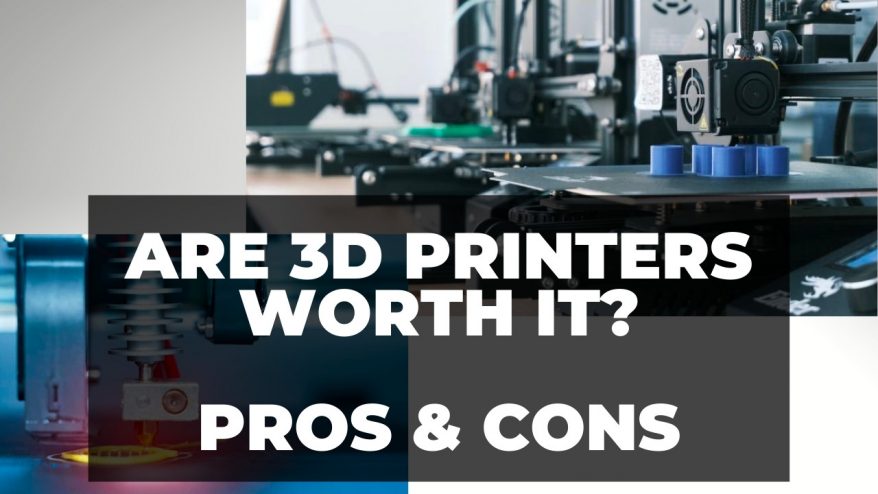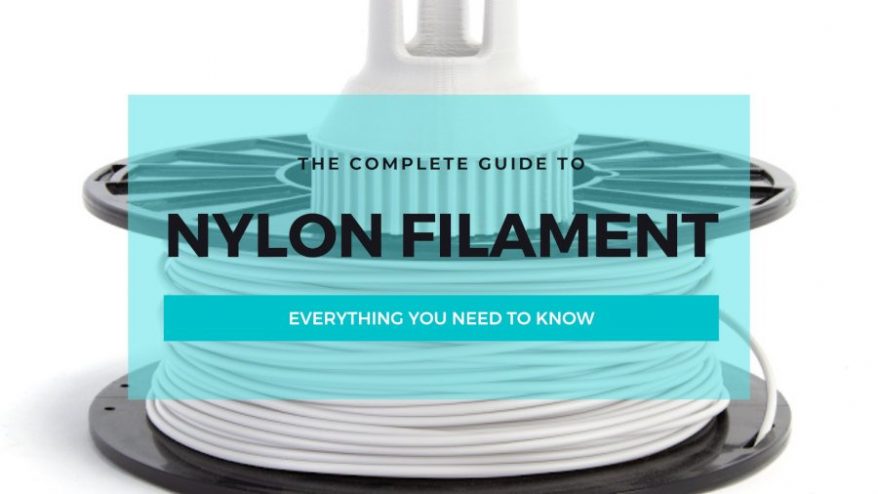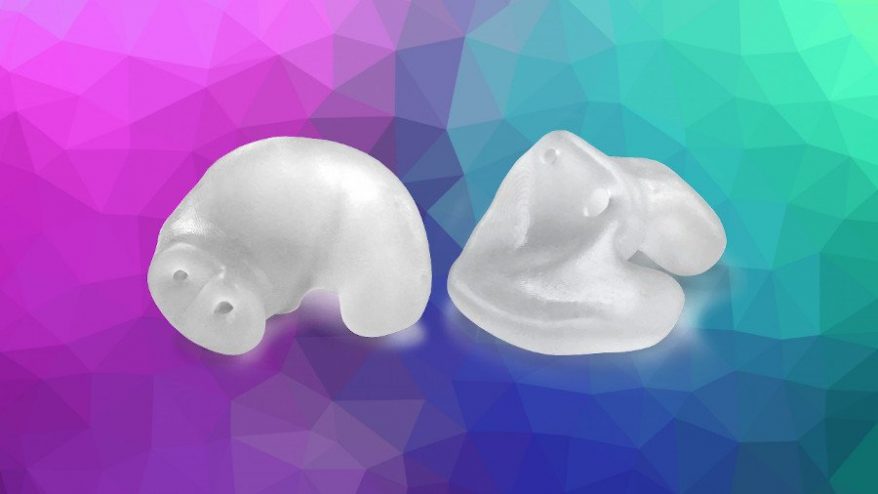
How 3D Printed Hearing Aids Silently Took Over The World


At 3DSourced we’ve covered everything 3D printing and 3D since 2017. Our team has interviewed the most innovative 3D printing experts, tested and reviewed more than 20 of the most popular 3D printers and 3D scanners to give our honest recommendations, and written more than 500 3D printing guides over the last 5 years.
3D printing has taken over the custom hearing aid market, with near 100% of custom hearing aids 3D printed today. Estimates put the total number of 3D printed hearing aids in use at over 10 million. And yet, despite Sonova claiming to have produced over 1,000,000 units in 2016 alone, the revolution appears to have fallen on deaf ears (sorry).
Why is this the first you’ve heard about 3D printed hearing aids? To answer this question, first we need to go back to the beginnings of these wonderful devices.

What Exactly Are Custom Hearing Aids?
At their most basic level, hearing aids pick up sounds from the outside world, and then amplify them into the ears of hearing-impaired people, essentially making the sounds of the world louder.
Modern hearing aids come in a range of styles and form factors. However, only custom-made In-the-Ear (ITE) and In-the-Canal (ITC) style hearing aids have seen a 3D printing revolution. The rest of the market, including the more common Behind-The-Ear (BTE) styles, still continue to manufacture their devices conventionally.
Custom fitted 3D printed hearing aids are modeled on the anatomy of each individual patient. Compared to retail versions, these custom models are vastly more comfortable, with their superior fit reducing movement or slipping within the ear. Some of the smallest ITCs, especially those worn deep within the ear canal, are almost exclusively sold as custom models.
There are also hearing amplifiers, which are basically over-the-counter hearing aids mass-produced as a low-cost alternative. 3D printing doesn’t suit these areas as little-to-no customization is involved, leaving its use limited to custom-fitted, higher-quality hearing aids.
How Are Custom Hearing Aids Made?

Early hearing aids, then known as “Ear trumpets,” appeared in the 17th century. Operating much like their name implied, they were both horn shaped and produced by professional instrument makers.
From the end of WWII the devices transitioned to becoming fully electronic. They became smaller and more powerful, moving away from large and boxy units and towards the modern devices worn around the ear today.
Modern hearing aids act not only as an amplifier, but also contain microprocessors that can regulate their own sound levels, volume, utilize Bluetooth, and even stream audio from external devices such as smartphones or TVs.
Why 3D Printing Hearing Aids Took over
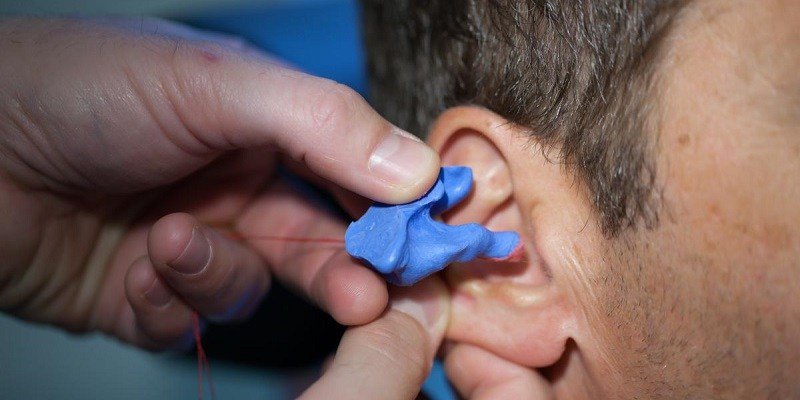
ITE hearing aids are designed to sit flush against the bowl of your ear, with the speaker and inner workings fitting into a single case that extends slightly into the ear canal.
ITC hearing aids, which as implied sit discretely within the ear canal, share the same production method and benefits that come with a custom fit.
BTE models on the other hand are almost never custom fitted, as they do not need to conform to the inner ear and therefore there is little reason to customize them.
Traditionally, these were made by injecting silicone into the patient’s ear to create an ear canal model, which is then used to create a mold to cast the final hearing aid. Technicians then manually inserted the other components to create this functional hearing aid, and it also had to be polished and tested.
Despite being accurate, this process was relatively slow, and material expensive. Then 3D printing came along.
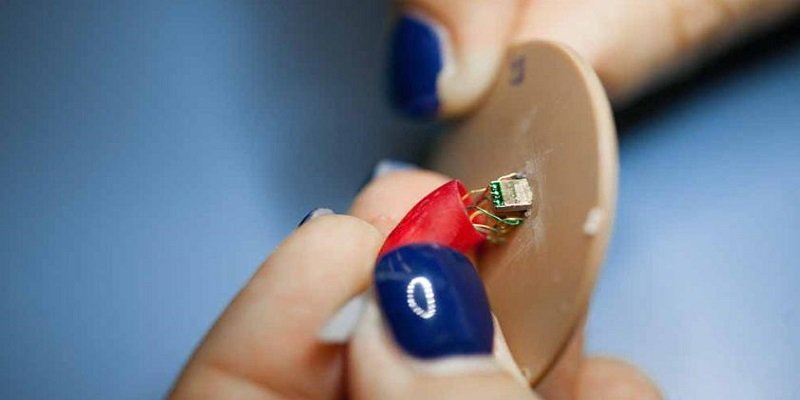
Resin 3D printers are used to 3D print hearing aids. Early collaborations to make the tech a reality include 3D printing service Materialise and Phonak’s collaboration in developing Rapid Shell Modeling back in 2000.
EnvisionTEC now works with Sonova, who own both the Phonak and Unitron brands, to 3D print hearing aids with their Rapid Shell Production factory. Sonova 3D print over a million hearing aids per year, and use more than 100 of EnvisionTEC’s audiology 3D printers globally.
Formlabs have also gotten in on the action. Their Form 3B is also geared towards audiology, using their BioMed ClearResin to create accurate ear devices. The Form 3B costs around $5,999 and is available here.
The process works by:
Step 1: A silicone mold of the ear canal is created as normal.
Step 2: Instead of creating a negative mold as with traditional techniques, the impression is instead scanned using a 3D scanner using over 100,000 points of reference to create an extremely accurate ear model, and uploaded into CAD software.
Step 3: The model is then 3D printed in acrylic resin.
Step 4: The 3D printed hearing aid’s other components are then installed and tested as they would have been conventionally.
This whole process can be completed in a day, a far cry from pre-3D printing waiting times.
Advantages of 3D printed hearing aids
Manufacturers can now make hearing aids far faster than before. Rather than having to create individual negative molds for each impression, these unique shells can be mass produced via 3D printing, with multiple unique shells being printed on the same build-plate.
As a result, audiology 3D printers can create upwards of 50 custom 3D printed hearing aid shells or molds in an hour.
Additionally, these shells are printed more accurately than silicone molds, allowing less time to be spent on finishing the shells.
3D printing also results in less material used to create each hearing aid. With previous techniques, once a negative silicone mold is cast it cannot be used again as it is unique to that particular patient.
Although 3D printed shells still require a positive impression of the ear canal, the negative mold is replaced with scans of the impression instead, saving material, and therefore costs.
- If you are looking to purchase an audiology 3D printer, we may be able to help:
*One of our trusted partners will be in touch following a quote request.
Why aren’t 3D printed hearing aids better known?
3D printing has completely taken over this sector and permanently changed the way that custom hearing aids are produced. However, 3D printing has failed to take over the standardized, non-custom BTE hearing aids sector.
3D printing developments in audiology have also gone widely unpublicized. By exploring the impact 3D printing has had on the market, we can speculate that despite its many benefits, few would have actually noticed the technology’s implementation.

A Small Audience
In what could be our most straightforward speculation, 3D printing in hearing aids has gone unreported because very few people are actually purchasing custom hearing aids.
Roughly 29 million adults in the US (15% of the adult population) could benefit from using hearing aids. However, only one in three over 70s has ever actually used a hearing aid. This number falls even lower for the under 70s.
Most hearing aid users use non-customized retail models, with BTEs making up 87% of commercial sales in the US. Even for those interested in a customized model, their expense makes custom devices unaffordable for most.
Retail BTE hearing aids can come with a range of functionalities, but the simplest of them can be purchased for a little as $700 per pair. However, custom ITE 3D printed hearing aids can rarely be found for less than $2,700.
Although still a growing industry, custom 3D hearing aids have a limited consumer base, making up no more than 13% of the market. With such a limited base, it is reasonable to speculate that there was limited attention to gather around the changes 3D printing has introduced.
However, assuming of these 29 million in need of a hearing aid, 1 in 3 actually buy one. Then, if 13% of these opt for a custom 3D printed hearing aid, this is still 1.21 million sales. If these cost even a conservative $2,000 each, that is a $2.4bn industry. These are big progressions, yet nobody is hearing of them.

3D Printed Hearing Aid Price
3D printing has undoubtedly made producing custom hearing aids cheaper, just not enough to really be noticed by end users.
In the year 2000, taking into account every sector of the industry, the average cost of a pair of hearing aids was approximately $2,400. Twenty years later, a 2020 consumer report revealed that Americans will spend an average of $4,680 on a pair of modern hearing aids.
Despite the benefits of 3D printing, custom hearing aids were not immune to this inflation. Instead of 3D printing allowing custom hearing aids to become more accessible, they have instead continued to be more expensive, and among the most premium models in any given brand’s range.
Unfortunately, the audiology 3D printers themselves are expensive. This is the reasoning given by hearing aid manufacturers for prices not coming down with faster and cheaper ways of making them.
It could be speculated that 3D printing has allowed for custom hearing aids to be cheaper, but that manufacturers and outlets have simply decided not to adjust their pricing. However, these claims would be without evidence. Alternatively, the current pricings are more likely reflecting the improved technologies across the industry.
New Method, Same Product
With prices remaining static, the use of 3D printing could have largely gone unnoticed by patients.
Ultimately, silicone-molded and 3D printed aids are made of the same manually finished acrylic, both are based on molds of the patient’s ear, both use the same internal components, and both work in the same way. The only factor that could have changed from the client’s perspective would have been the price, but that too has remained unchanged.
The only way a patient would know that their hearing aid has been 3D printed would be if their clinic told them, a situation which hardly shines a light on the industry-changing developments achieved through 3D printing.

